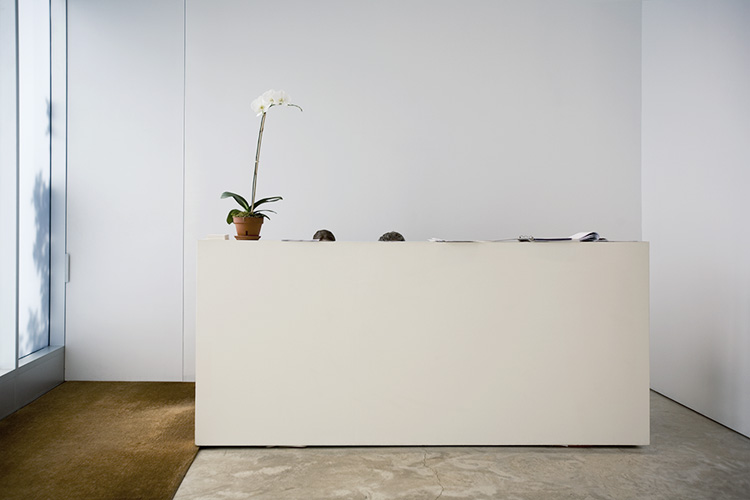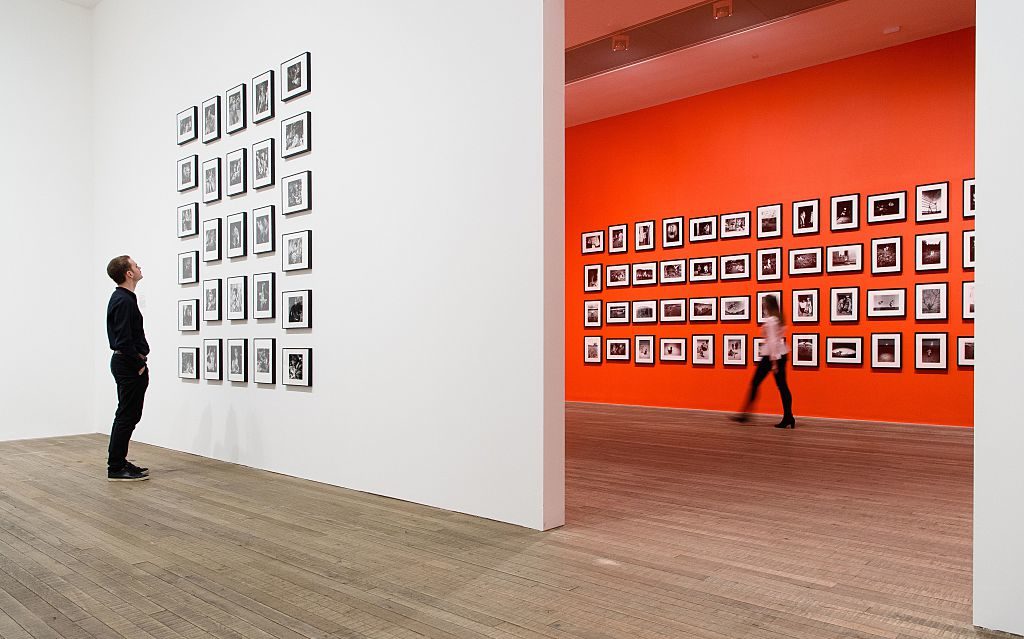Art World
Mysteries of the Gallery Girl, Part II: From the Front Lines
In this edition, we hear from those in the trenches.

In this edition, we hear from those in the trenches.

“Mysteries of the ‘Gallery Girl,'” is a weekly series exploring the role of the “gallerina” in the contemporary art world.
West Chelsea is New York’s veritable art mecca, boasting street after street of neatly packaged white cubes. The gallery neighborhood attracts flocks of eager young women hoping to get a foot in the door, after which the first step is almost always occupying the front desk.
Hovering somewhere between receptionist and watchdog (whilst also balancing myriad other roles), the gallery assistant’s position is an oddity, one that is typically accompanied by a list of rules from gallery higher-ups. These Dos and Don’ts typically read like the following:
It makes sense to place a gallery assistant at the front desk: in essence, as those with closest contact to the general public, they are a special breed of (as the New York Times put it) “gatekeeper.” By weeding out the potential collector from the curious browser, the assistant minimizes a salesperson’s wasted time.

Gallery assistants pose with some of the artworks at the “Performing for the Camera” exhibition at the Tate Modern gallery in London. Courtesy of LEON NEAL/AFP/Getty Images.
What typically remains lost on the public, though, is the caliber of the (mostly) women who sit behind these desks, who—despite the stereotype—are generally well-educated, ambitious individuals. “I mean, I think there is an expectation in any aesthetic industry to be good looking, and some galleries do only hire hot girls,” said one current Chelsea gallery assistant I conferred with, who spoke on the condition of anonymity.
“But I think the thing about working at a gallery or the front desk is that it is one of the so few positions where you kind of have to have it all… Be hard-working, smart, clever, funny, and good-looking because so many people want to work in the arts.”
A London-based artist I spoke to reinforced this negative perception. “These girls, they are sitting there, doing almost nothing, but become arrogant, because they feel they are representing something,” he said.
There is, of course, what I mentioned in last week’s column: the expected question of what the assistant is “staring at so intently” on the computer screen, as if she has no job other than to sit pretty. Second to this, one woman recalled how men—and only men—make comments about the desk’s all-female staffers, in a self-congratulatory tone worsened by their inevitable wink.
“More than once, our photo was taken,” she recounted. “Sometimes discreetly, sometimes blatantly—but never with our permission.” She has even found herself on somebody’s Instagram.
And then there are the extreme examples. One summer, before Chelsea had been completely abandoned in its usual August exodus, the Guerilla Girls staged a performance of sorts.
Sporting their infamous gorilla masks, they stalked up and down the streets with cameramen in tow, pasting stickers on gallery windows and handing out postcards detailing galleries’ lack of female representation to those on the sidewalk and inside the spaces.
In one gallery assistant’s story, one of the Guerilla Girls boldly approached the front desk, card in hand. “Do you know your gallery’s roster is composed of five women to your 30 male artists?” she asked, as a camera recorded the conversation.
The assistant didn’t know how to answer: yes, she agreed that the number was less than impressive, but as a representative of the establishment, she was obligated not to comment. “I just sat there, mouth agape for a good few seconds, before offering to call my boss,” she said (her questioner declined the offer).
“So now, somewhere in the universe, there is footage of me being interrogated by a Guerilla Girl, looking like an idiot.”
Next week, “Mysteries of the ‘Gallery Girl’’” will look at the part gallery assistants play when it comes to gallery events and parties.